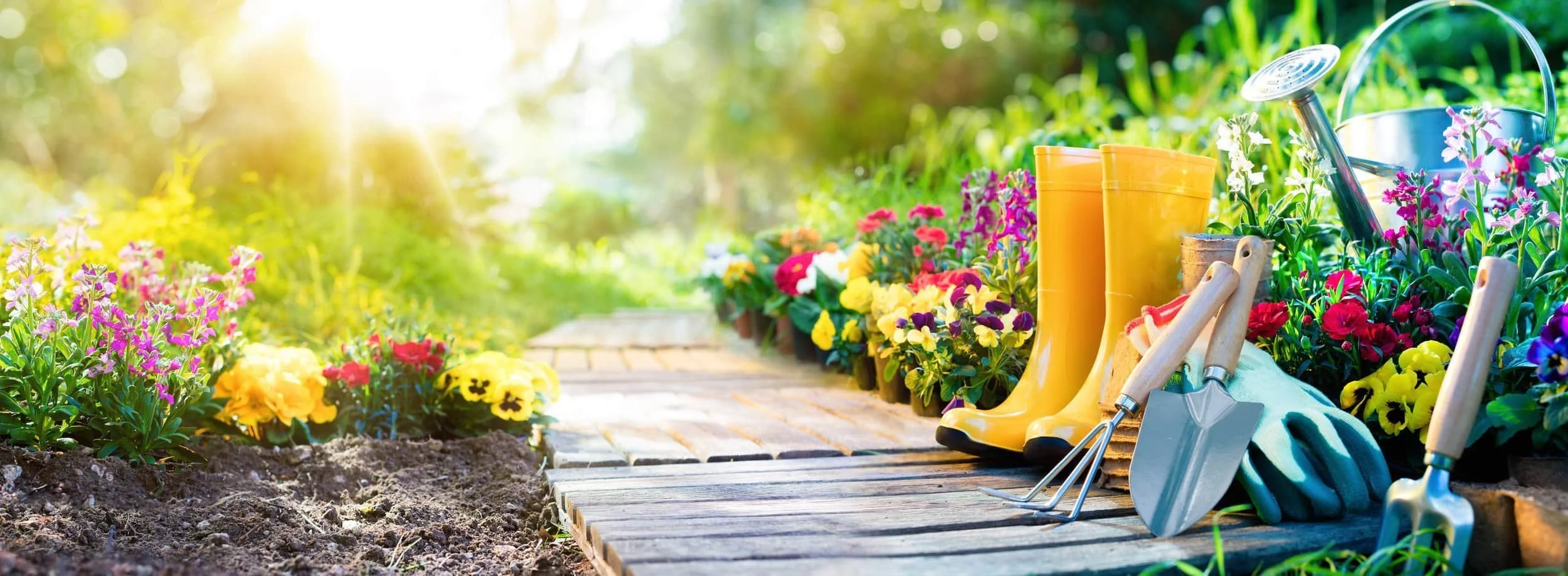Does My Property End at the Sidewalk or the Curb? How Can Homeowners Manage that Piece of Property in the Front of Their Homes They Don’t Own?
/Where Does Your Property Line Start?
How Wide is the Right of Way on a County Road?
When home buying clients at Buyer's Edge Real Estate Company are looking to buy a home in the Washington, DC Metro Area with no sidewalks, no curbs, and a front yard that runs right to the street, our exclusive buyer’s agents like to warn clients of the potential pitfalls. For many homeowners, this piece of lawn can be a major source of frustration. Most importantly, it is critical to understand where the actual property line is. In most cases, the city or county owns a slice of land 5-15 feet back into the yard from the edge of the street. Though the city/county actually owns this piece of property, the homeowner must maintain it. Of course, with no curbs or no sidewalks, this strip of land seems to be a magnet for wayward cars and commercial trucks. One day the lawn looks perfect, and then the next, there are deep, muddy ruts running through it. Inevitably, some vehicle has ridden off the road and torn up the front yard, and left it an unsightly mess. There are many creative landscaping solutions that homeowners can incorporate to protect this strip of land.
As Exclusive Buyer’s Agents, it also is critical to educate homebuyers of other potential pitfalls before they buy a new home when it comes to understanding where the property line starts and how wide is the right of way on the county road. We strive to identify environmental hazards and possible solutions depending if the homebuyer or real estate investor’s plans to renovate with an addition to the home or tear down and rebuild. Understanding where the property lines are is essential to making the best decision when determining if the property is right for their needs and vision.
Use One of the Best Property Lines Apps for Android & iOS When
Buying a Home in the DMV - LandGlide
One of our favorite go-to apps we share with our clients when they ask us about property lines is LandGlide. We don’t rely on identifying property lines by trying to analyze if a neighbor or county maintains the grass, how green the grass is, where a telephone pole happens to be, or where a fence was installed 15 years ago between two homes to address these critical decision-making issues. Local MLS listings do not provide homebuyers with this property line information, so our buyer agents have found the LandGlide app and use the app’s GPS to pinpoint our location and access key parcel data anywhere where it is useful. With access to over 150 million property records in 3,000+ counties, our Realtors know the app provides pertinent information when educating our homebuyers before they make an offer on a home of their choice.
Get Boundary Surveys and House Location Drawings
Perhaps the best advice we give our clients is to ask the seller’s agent to get a copy of the existing plat of the property if the seller has one. If it is an actual boundary survey of the property, it will show that the property was staked out and where the metal corner pins are located. A true boundary survey will also show the distance from the property corners back from the street. A house location drawing is similar to a boundary survey but doesn't reveal the same level of detail or guarantee that the property corners were ever staked. Therefore, it is dramatically less expensive for a surveyor to produce. If no boundary survey is available, the purchaser can have one completed before settlement at their own expense and have the corners staked (metal pipe in the ground) and flagged with a wooden stake and ribbon so it is absolutely clear where the true corners are. This also is highly recommended before ever spending money to design/install or re-align fences, stone walls, and new landscaping projects.
Top Eight Questions for DMV Homeowners to Ask Before Planning a Landscaping Project to Protect the Piece of City/County-Owned Property by the Street.
1. Before any landscaping plan is determined, homeowners must remember that they often don’t actually own this piece of ground. Unfortunately, though owners maintain it, the county they live in owns the area, which is most often retained by the municipality for utility easements or possible expansion of the street or adding sidewalks. Each municipality is different, but they normally own from the edge of the road out 5-15 feet onto what a homeowner might mistakenly consider their property. So whatever landscaping design homeowners decide to create to maintain this slice of ground, it must line up with county rules and regulations. If it doesn’t, county officials can make homeowners take down the offending landscaping materials and change them at their expense. That could be a costly mistake, so contact the city/county. Ask them what can or cannot be done. It is also quite possible that a homeowner can be held liable for damages or injury caused by adding potentially dangerous objects to the city/county property.
2. It is imperative to consider neighborhood safety when planning to add any protective barrier to that slice of property near the street. Am I keeping the neighborhood safe?
3. In an emergency, can a child riding a bike get out of the street without injury? Will large, jagged rocks on the side of the roadblock their quick escape or cause permanent scaring when they hit a rock and are sent flying?
4. Can a neighbor who is on his way home late at night quickly pull his car over and avoid an accident if a car comes on the wrong side of the road? Will enormous rock barriers block his only safe exit from the roadway? Don’t forget any damage to a vehicle as a result of “predatory roadblocks” may find a homeowner being held liable.
5. Do housekeepers and elder caregivers who come into the neighborhood have a safe place to walk without fear of falling or injury?
6. Does the neighbor, who walks her dog on community streets because there are no sidewalks, have a place to jump out of the way if garbage and Fed Ex trucks come barreling down the street?
7. Be considerate of the neighborhood mail carrier. They come in the rain, sleet, and snow. Do they have easy access to the mailbox? Are the tires on the USPS truck going to be damaged by predatory “guard rocks?” Are barriers made of landscape timbers, stone, or concrete making it difficult to deliver mail without having to over-reach and potentially cause a back issue or other injury?
8. So, what is the best solution? One way to maintain the lawn on the county-owned property is not to plant any grass near the street. Instead, incorporate round stones and/or huge pieces of flat, thick slate. Create a pull-off or sidewalk. It's attractive, easy to maintain, and neighborhood friendly.
If a buyer has never owned a home with this kind of condition and it will become a major source of frustration for them, we would rather they move on and not buy the home. There will be other homes that become available that will hit all the right notes for them.
Here are a few images of landscaping projects that may guide homeowners toward a positive solution.
Do create safe, beautiful landscaping solutions with rounded and flat stones.
Here are a few landscaping barrier images that may guide homeowners towards a less than positive solution:
Think twice before creating sharp, dangerous barriers. This “lawn” is likely owned by the city.
Related:
Are Property Lines Always Accurate? What Homebuyers Often Get Wrong
Use One of the Best Property Lines App for Android & iOS When Buying a Home in the DMV - LandGlide
What to Know Before Buying a Home: Home Environmental Hazards
Stephen Carpenter-Israel, Broker of Buyer's Edge, Represents Homebuyers of Historic Clifton Farm Outside Berryville, Virginia
Updated: November 2022






























